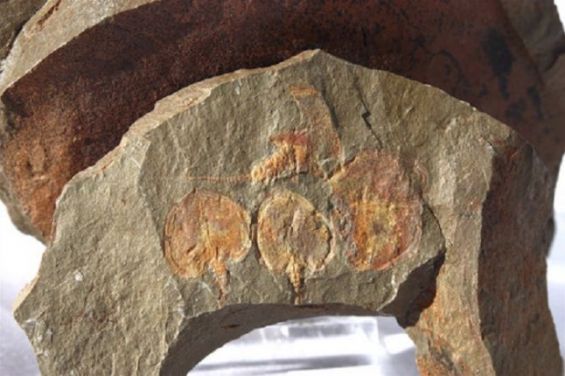Well-preserved fossils, recently discovered in Morocco have allowed a group of scientists to give a clear interpretation of Stylophoran, an animal that lived in the ocean roughly half a billion years ago.
A study entitled «Exceptionally preserved soft parts in fossils from the Lower Ordovician of Morocco clarify Stylophoran affinities within basal deuterostomes» and published in February on Science Direct, was able to determine the function of this animal’s weird morphology.
As described by the study, the animal has a small «bipartite organism, consisting of a single, articulated appendage».
The latter was believed to be the Stylophoran’s tale but after examining the new fossils found in the Bou Izargane excavation, located in the west of Assif Tanghrouft in the Kingdom, the group of scientists discovered that this weirdly shaped appendage was «neither a head nor a tail, but rather a feeding arm», reports Phys Org.
A weirdly shaped sea animal
Indeed, the scientific group led by CNRS researcher at the Laboratoire de Géologie de Lyon Bertrand Lefebvre concluded that these animals’ sekeletons «are made up of many calcite plates, suggestive of the bodies of echinoderms like sea urchins and starfish, even though they lack the characteristic symmetry of these animals».
To reach this conclusion, the group of researchers pulled iron within the fossils to clarify the «fine structure of the appendage», which could be compared to that of a starfish, the same source said.
The results of the study indicated that Stylophorans used to have a water vascular system and that their appendage was not a locomotory muscular tail as thought for years.
The same study reveals that «the interpretation of these fossils as early echinoderms retaining features of basal ambulacrarians and/or hemichordates can be definitively rejected».
The results of this study answer a very old debate on the morphology of these small animals that lived in the ocean during the middle Cambrian-Pennsylvanian period.




 chargement...
chargement...











